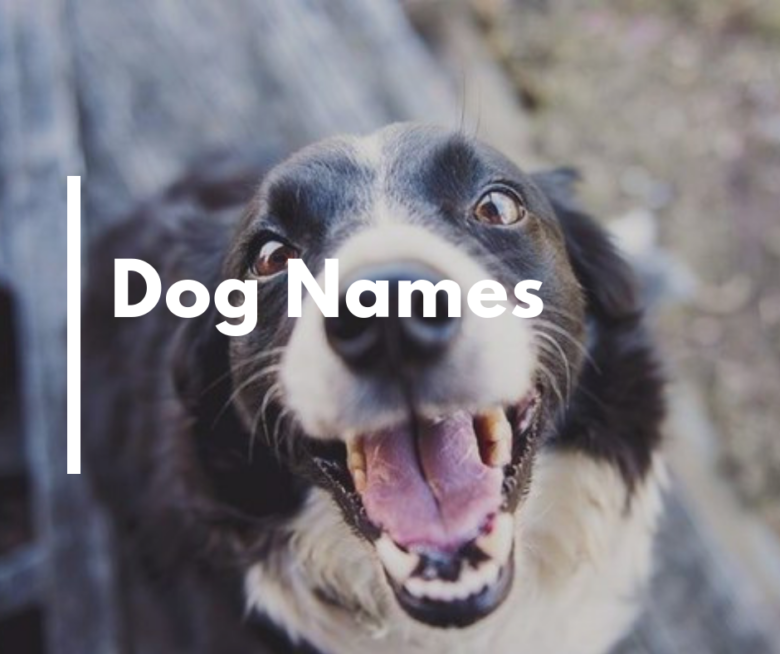Ducks hold a special place in the minds of many, as they are often featured in children’s books and are admired for their distinctive quack and waddling gait. Although many people are familiar with the life history of these fascinating birds, few are aware of the factors affecting their lifespan, particularly in their natural habitats. Let’s explore the factors that contribute to a duck’s lifespan in the wild, as well as the implications these factors have on duck populations and ecosystem balance.
Factors Affecting the Duck Lifespan
The average lifespan of ducks varies depending on the species, with wild ducks typically living between three and seven years. However, many factors influence how long can duck survive in the wild. Let’s explore some of the most significant variables affecting a duck’s lifespan:
Breeding and Mating Habits
The mating habits and breeding patterns of ducks play a crucial role in determining their lifespan. For example, later breeding seasons can result in younger offspring that are less likely to survive the winter months. Paired ducks, which typically mate for life, tend to live longer, as they have a stable partner to help with nesting, incubating eggs, and raising offspring.
Predators and Hunting
Predators pose a significant threat to ducks, especially during the nesting season when eggs and ducklings are vulnerable. Common predators include foxes, raccoons, large fish, birds of prey, and even domestic animals such as cats and dogs. Human activity also poses a significant risk to duck populations, with hunting being the primary threat.
Migration and Seasonal Changes
Ducks that migrate to escape harsh winter conditions often fly thousands of miles in search of more favorable environments. Although migration can help ducks avoid extreme weather, these journeys are not without risk. Ducks face numerous challenges during migration, such as exhaustion, bad weather, and difficulty finding suitable places to rest, which can impact their lifespan.

Disease and Parasites
Like all creatures, ducks are susceptible to various diseases and parasites. Illnesses such as avian influenza, botulism, aspergillosis, and duck plague can spread rapidly among wild duck populations, and can significantly impact their numbers. Ducks that harbor parasites may suffer from poor health, lowered reproductive success, and a shortened lifespan.
Implications for Duck Populations and Ecosystem Balance
Given the variety of factors that influence a duck’s lifespan in the wild, it’s essential to understand the implications these factors have on duck populations, and ultimately, on the balance of ecosystems. As keystone species, ducks play a crucial role in their habitats by consuming aquatic plants and insects, dispersing seeds, and providing food for predators. A decline in duck populations can have ripple effects throughout the ecosystem, impacting food webs and even altering the landscape.
Conservation Efforts
In response to the numerous threats faced by ducks in their natural habitats, several conservation efforts have been established to protect these birds and their ecosystems. These efforts include habitat restoration and preservation initiatives, strict hunting regulations, and monitoring programs to track duck populations and assess risks.
Additionally, organizations such as Ducks Unlimited and the World Wildlife Fund (WWF) work to promote healthy duck populations through habitat protection, public education campaigns, and collaboration with governments and other partners to put in place sustainable wildlife management practices.
Conclusion
The duck’s lifespan in the wild is a fascinating and complex subject, with many factors influencing their survival. The breeding patterns, migration habits, predation, hunting, and diseases all play a significant role in determining the lifespan of a duck in its natural habitat. Moreover, the implications of these factors extend far beyond individual ducks, impacting entire populations and ecosystems in numerous ways. As such, it’s crucial that ongoing conservation efforts continue to focus on protecting these remarkable birds and the habitats they call home.









